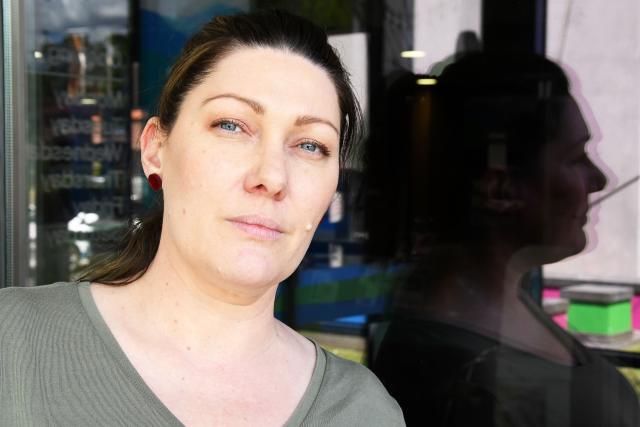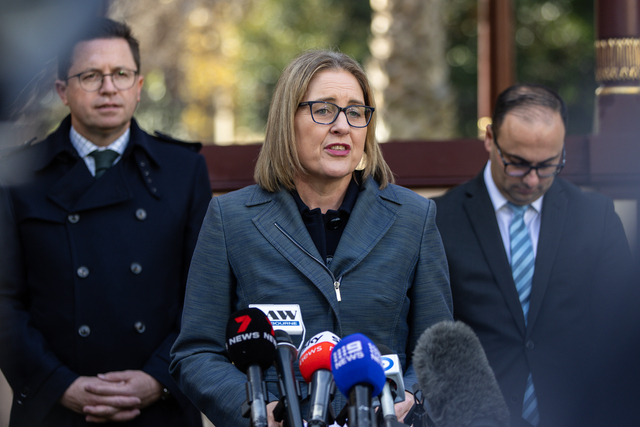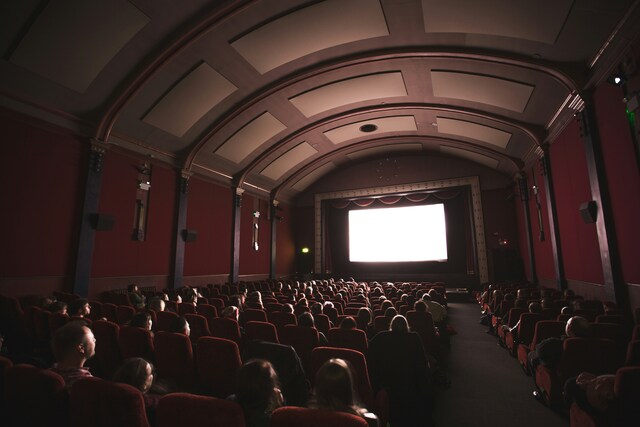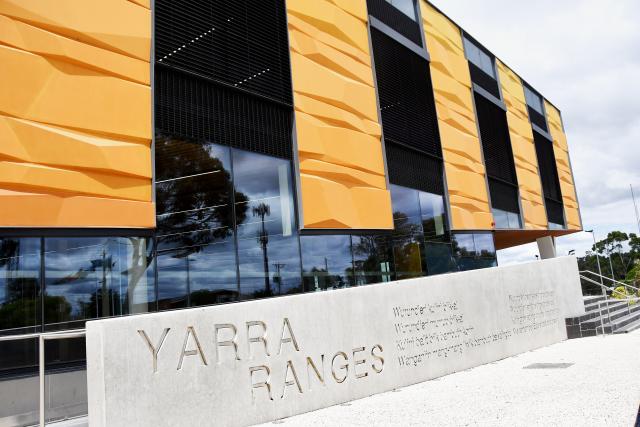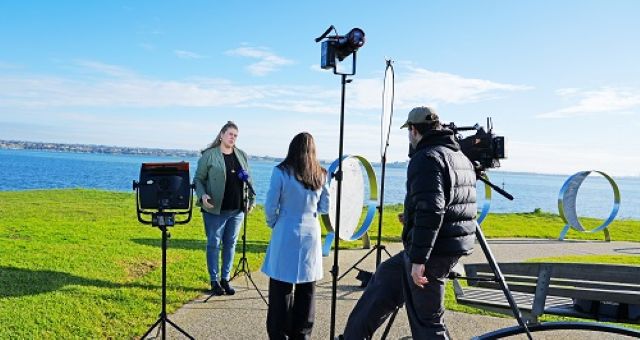After two of Rose Ryan-Jones’ friends lost their homes due to fire in the space of 12 months, she decided to check her insurance policy.
Approaching the 2023/2024 bushfire season, what the Healesville local came across was overwhelming; with quotes from her insurance company and the Insurance Council of Australia estimating it would cost around $800 a month to cover home and contents.
“The quote was 977,000 to rebuild my house and my insurers’ quote through their calculator wasn’t too dissimilar, it was 947,000,” Ms Ryan-Jones said.
“It just blows my mind, it’s just so much money.
“It just changes everything… it’s actually really overwhelming to even contemplate being able to pay the insurance; you’ve got insurance [and] you’ve got interest rates through the roof.”
Ms Ryan-Jones and her husband are now paying over $500 a month for home and contents insurance for their 1970s standard build, and are underinsured – simply because they can not afford to pay the quoted amount.
“We had to do it because I know two people that have lost everything,” Ms Ryan-Jones said.
“I know people that have lost their homes and I’m watching what they’re now going through;, your house burns down, you lose all these things and then the reality is your insurer puts you into an Airbnb or a hotel and you wake up the next morning you think ‘I don’t have deodarant, underpants, socks, any other shoes; I have whatever’s on me at that moment.’”
According to Professor Michael Sherris from the School of Risk and Actuarial Studies at University of New South Wales Business – bushfires are becoming “more prevalent”.
But at the same time, high insurance costs are posing a major challenge for Australians, with insurance giants QBE and Suncorp both forecasting home insurances to increase by 10 per cent to cover insurance claims as a result of the rising number of natural disasters.
“With increased temperatures, this is something that is going to be more significant over coming years. We know that it is going to be hotter, drier, and bushfires will unfortunately become more common,” Professor Sherris said.
“While most insurance companies should pay out, there are some issues and challenges that result in policyholders being underinsured or not insured at all.
“The current cost-of-living crisis is not helping.”
According to UNSW, all home insurance policies cover bushfire, and premiums reflect the bushfire risk for the property usually based on BAL (bushfire attack level).
Fire damage is normally included in home insurance, but people are encouraged to know what they are covered for and if their home insurance is up-to-date and reflects the cost of a new rebuild.
“As bushfires are becoming more prevalent, the BAL for properties is becoming higher, which results in higher home insurance costs. This is a factor that insurance companies use to assess home insurance,” Prof Sherris said.
In the Dandenong Ranges, every property in the towns of Selby, Sherbrooke, Emerald, Avonsleigh, Ferny Creek, Upwey, Olinda, Mount Dandenong and The Patch is classified as at a high risk of experiencing climate influenced hazards, according to the Climate Council’s Climate Risk Map of Australia.
Cockatoo was close behind with 99.89 per cent of properties at high risk in the town, a number on par with Kallista, and Monbulk following at 98.87 per cent.
Over 90 per cent of homes in Gembrook and Silvan are also at high risk.
In Healesville, over 67 per cent of properties are at high risk, while 100 per cent of properties in the neighbouring towns of Warburton and Don Valley are at high risk.
Insurance Council of Australia acting CEO Kylie Macfarlane said the ICA is urging all property owners, especially those in high-risk areas, to ensure they have adequate insurance to cover the cost of any potential disaster.
“While not all insurers enact coverage embargoes during bushfires or when an area is at risk, property owners must not gamble on their insurance protection,” she said.
“We want communities to be better prepared, particularly those that remain vulnerable and are still recovering from the damage and destruction of past catastrophic events.”
Locals are advised to use the following steps as a guide to bushfire preparation:
Inspect your property and take practical steps to reduce risk such as cleaning your gutters, keeping lawns and gardens maintained and cleaning up green waste items around the property.
Use a building and contents insurance calculator to ensure your insurance cover adequately covers estimated costs to repair, rebuild or replace home and contents, vehicles and any outbuildings on your property in event of a disaster.
Prepare a room-by-room inventory of the contents of your home. This list helps determine if your assets are adequately protected and can save time when making a claim.
Review all building, contents, and landlord insurance policies. Make sure you understand what cover you have, as well as any exclusions or limits that may be a part of your insurance policy. It is important to be aware of these exclusions and to query your insurer about any part of a policy you do not understand.
Ensure you are covered now before bushfire threats are heightened, as some insurers may place a temporary embargo on the purchase of new policies if bushfires are imminent.
Further information on what to do before, during, and after a bushfire event can be found on the Insurance Council of Australia’s website.
“Now is not the time to be complacent when it comes to bushfire preparedness, with El Niño already showing signs of a hot and dry summer,” Ms Macfarlane said.
For now, Ms Ryan-Jones has her own plans in place to flee in case of an emergency in the hotter months.
“Houses were lost very close to where we are during Black Saturday, so we’re currently removing items and fireproofing where we can,” she said.
“We wouldn’t stay and try to defend where we are – it would be too dangerous, before it starts to get really hot, we’re removing things like photographs…going through the process of getting actual old photographs digitised and getting everything onto USBs and having those in other locations, as well as in the safe that’s fireproof.
“We’ll just leave and having go bags at the door ready to go so that we would at least have some clothes.”
Further information on what to do before, during, and after a bushfire event can be found on the Insurance Council of Australia’s website.

